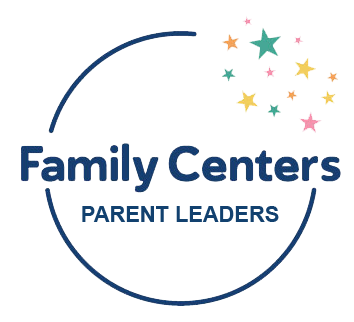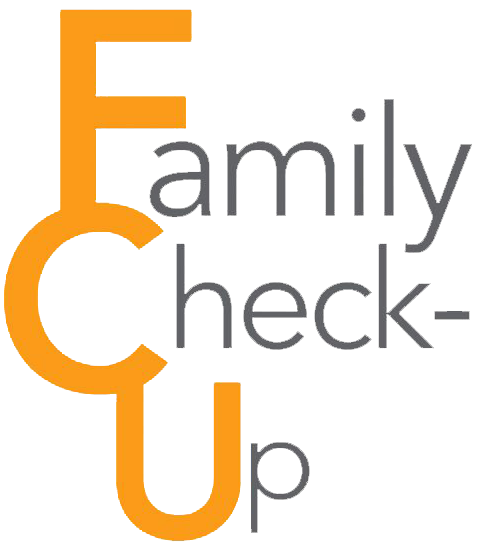Even before your baby can talk, you can help develop language skills by talking, reading and singing together every day. Reading to your baby is a great way to promote early literacy. Just having fun and letting baby play with the book can go a long way. Check out Carnegie Library’s Best Books for Babies and other helpful tips about talking to your baby as well as activities to get you started.
Why Talking Works
Children learn to talk, read, and write through social experiences. The more words and conversation your baby hears from you, family members, and caregivers, the better their communication will be when they start using words. What you’re talking about matters less than the fact that you’re simply speaking: Introduce a subject and encourage everyone to chime in, from your teen to your toddler.
What you can talk about
- Explain what you’re doing right now and why. “I’m making pancakes for breakfast because that is my favorite food.”
- Read to her. Keep her favorite books—or even your favorites—close by.
- Sing—at home, in the car, or even at the grocery store.
- Tell him about happy times in your life—maybe a birthday party, a special trip, or a best friend.
- Talk about your plans. “Tomorrow is going to be a fun day; we are going to the zoo.”
Tip Sheets
In addition to reading and singing to your baby, talk to them about everyday things. If you need a little boost to get the conversation started, check out these everyday conversation starters you can use with your baby.
In Having Fun with Words, you can some easy conversation starters that will help to keep you talking throughout your day. Remember, even if your baby isn’t talking back, he or she is still soaking up and processing what you say.
Having Fun with Words Tip Sheet
Sometimes you need a little help getting the conversation off the ground. The following activities for you and your little one you can assist you in finding ideas that can be adjusted to the age of your child. Remember, as long as you’re being positive and supported there’s no wrong way to talk to your child.






